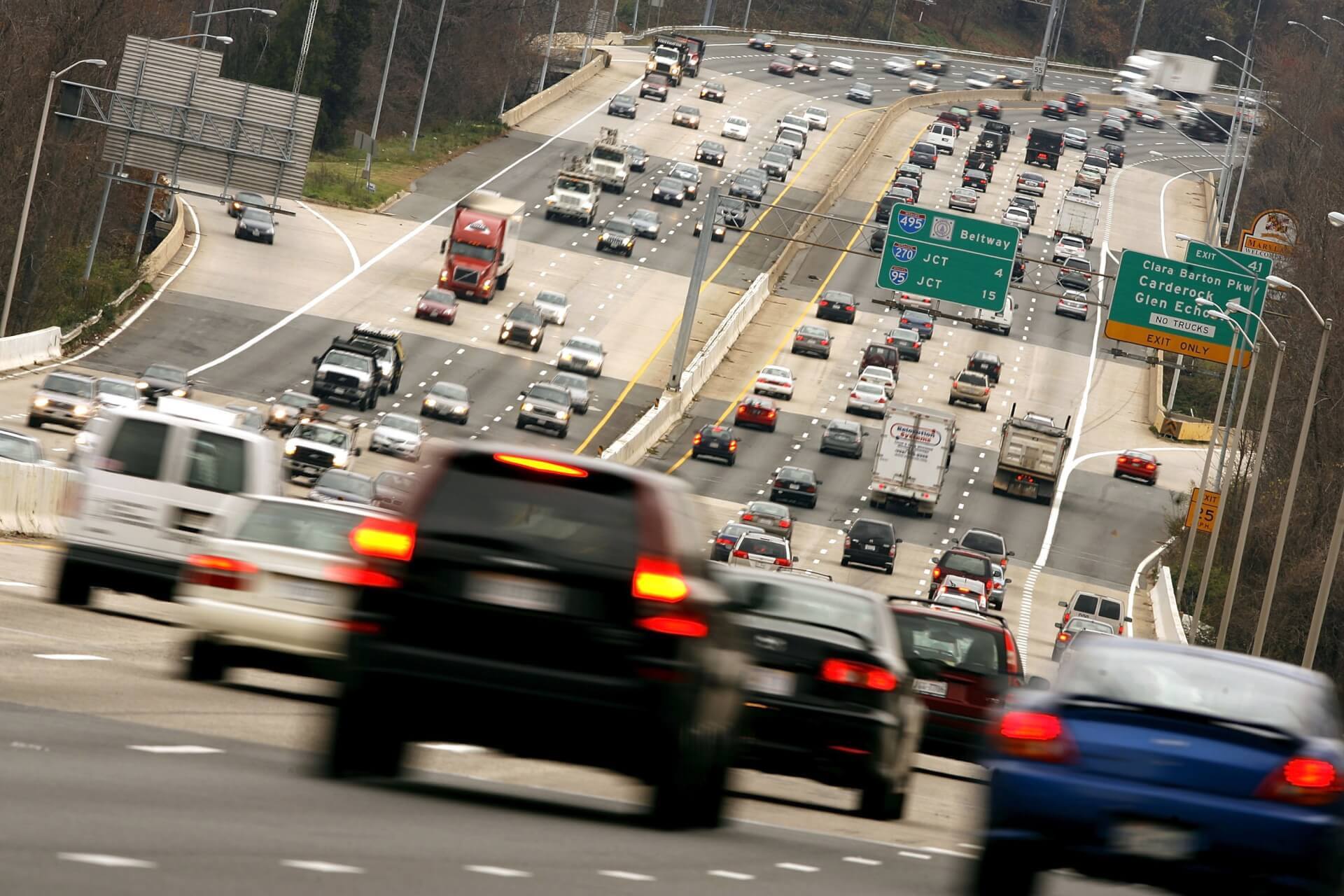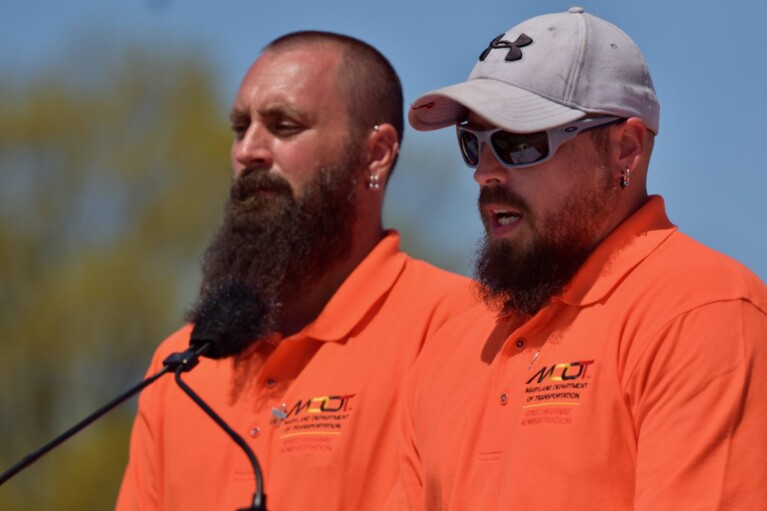Opinion: How the Beltway Widening Project Is Excluding Low-Income Communities

By Katie McKenna
The writer is a resident of Washington, D.C.
When I run along the Rock Creek Trail, traveling from downtown Washington, D.C, towards Maryland, I am always amazed at how quickly the city noises, smells, and even heat (temperature actually drops the further you get into Rock Creek Park) slowly disappear. Suddenly, I am in an oasis of forest, wildlife, water, and other folks out for their morning run or bike ride.
I am immensely grateful to live in a place where we have both the excitement of the nation’s capital, and the serenity of almost 1,800 acres of parkland, right at our fingertips. But then I get to my exit of the trail, which spills into the wealthy Maryland suburbs, and I remember the truth: These green spaces are not at everyone’s fingertips, and they are not guaranteed.
As in many cities, the green spaces that are home to wildlife and bodies of water, and act as imperative carbon sinks — are being threatened by our way of life. Further, what remains of these green spaces and all of the benefits they offer, are most accessible to more affluent, primarily white communities.
You need only look at a map of air quality levels in the city on top of one depicting the proportion of Black residents, as in a 2015 NASA study, or see the average income in communities that are at the highest risk for extreme heat and flooding, calculated in a D.C. Department of Energy and Environment climate risk assessment of the city. These are also the same communities that have less access to the resources needed to respond to climate change, are located further away from the larger green spaces, and are consuming less energy by relying more heavily on alternative modes of transportation, according to the study.
This is one of the many reasons why I have been so frustrated with the Maryland Department of Transportation’s current plan to widen the Capital Beltway, adding two high occupancy toll managed lanes in each direction along the American Legion Bridge and up Interstate 270 to I-370. The lanes will be free to heavily occupied vehicles to encourage carpooling but will also operate as standard toll roads to those who are willing to pay.
The project will replace 2.6 acres of forest in the Rock Creek watershed with highway lanes. The first phase of the project is projected to cost around $54 million for planning and design alone. That is $54 million to help traffic flow for those whose primary means of transportation is a car, and most beneficial to those who can afford the toll or who are able to carpool.
There are numerous concerns with the impact that this project will have on the health of Rock Creek and the surrounding watershed. Roads are impervious surfaces, meaning they do not absorb water and thus any pollutants (like ice for snow, gas, oils, etc.) are washed off the road and eventually end up in a body of water — in this case, Rock Creek. Forests and plants can help absorb the pollutants that would otherwise end up in the water; this project is removing surrounding forest and adding impervious surfaces.
While I am concerned with the environmental impacts of this project and how MDOT is deciding to invest its constituents’ money, I am perhaps more frustrated with where it is not investing. Why are we not investing in making alternative modes of transportation more accessible, efficient, and affordable? Why are we removing forest (which cool temperatures) and increasing impervious surfaces (which contribute to flooding)?
As a Catholic, my mind goes to Pope Francis’ message of integral ecology in his encyclical, Laudato Si’. He reminds us that, when it comes to development, “it is not enough to seek the beauty of design…we must offer service to another kind of beauty: people’s quality of life, their adaptation to the environment, encounter and mutual assistance” and put at the forefront “the views of those who will live in these areas.”
MDOT is currently accepting comments from the public concerning the Beltway project and its environmental impact statement through the end of the day Tuesday, which can be submitted here. I encourage readers to take a look at what’s in the statement, but also reflect on what is missing from the statement, and submit a comment. This is a small way that we can think about what’s best for our community as a whole, especially the most vulnerable, and stand up for it.




 Creative Commons Attribution
Creative Commons Attribution